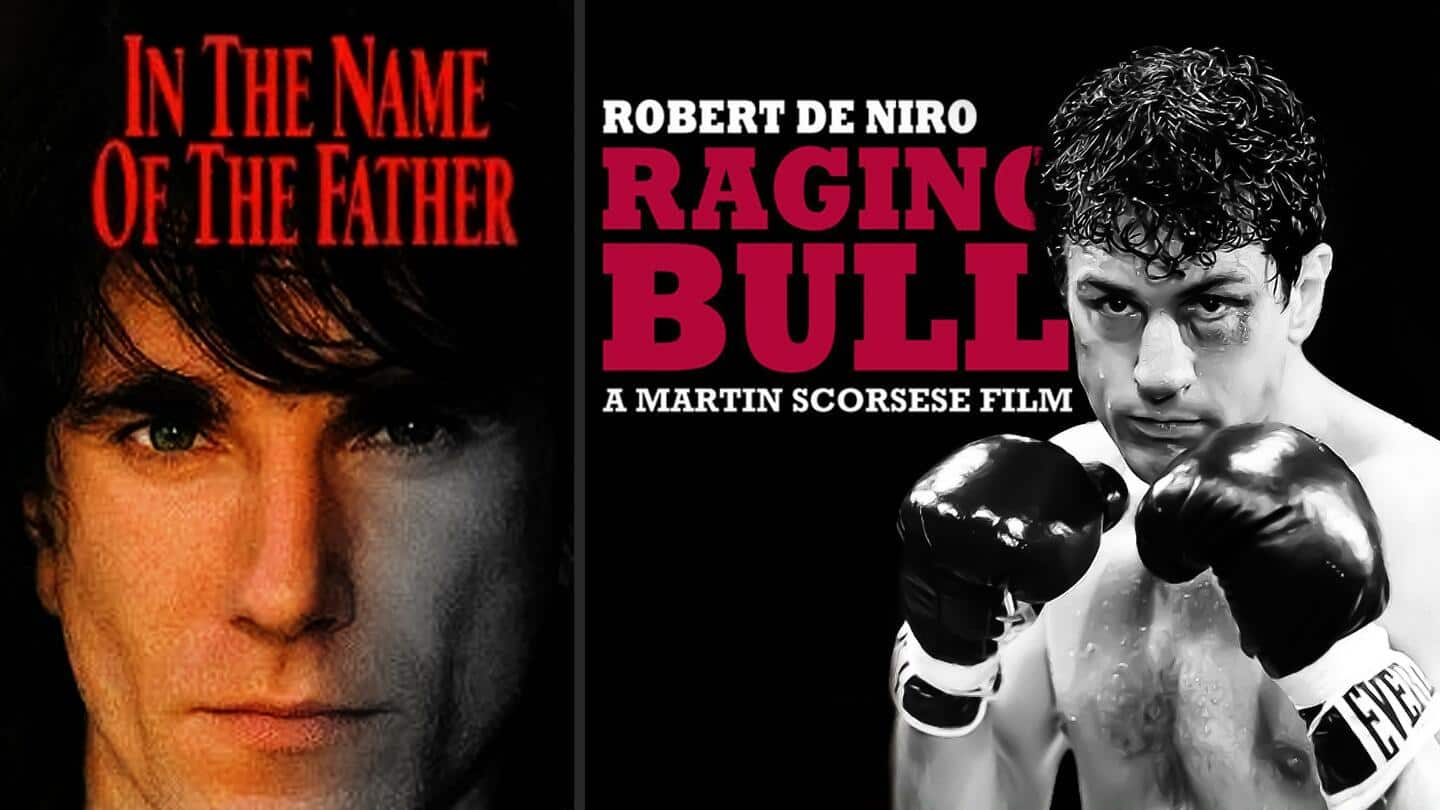
#NewsBytesExplainer: Breaking down the art of method acting—definition, prominence, examples
What's the story
The lead actors in a film have a monumental responsibility on their shoulders—to breathe life into the part with utmost conviction and act in a way that viewers instantly connect with the character. To do justice to their roles, thus, actors sometimes go to extreme lengths to ensure that they are perceived as authentic and believable onscreen. This practice is known as method acting.
Definition
How do actors ensure that they transform themselves?
According to Backstage, "Method acting is a system in which actors attempt to inhabit the psyche of their character, sometimes for long periods, to facilitate realistic behavior under imaginary circumstances." This can include locking oneself in a room for long hours, living in a remote location and mixing with the local population, and changing one's diet completely for months, among others.
Origin
Lee Strasberg is credited with the origin of the term
Method acting terms (a trademark of the Lee Strasberg Institute, New York) was developed by Lee Strasberg, a Polish-American actor, director, and acting teacher. He reportedly believed that "actors need to be a blank slate before they could embody the life of another person. To do this, actors must understand where they store tension in their bodies and release it before creating a character."
Method acting ways
This is how Strasberg prepared his actors for demanding roles
Per Backstage, Strasberg sometimes "asked students to move and behave like animals or speak in gibberish to shake societal patterns and habits out of their system." Other ways include "making sounds," "focusing on stimulating feelings to create rich responses on a stage," "performing an activity on stage that the actors do in private," and "practicing unique, unpredictable, and unprepared movements" during singing or dancing.
Hollywood examples
Did you know how these actors prepared for these roles?
Hollywood actor Daniel Day-Lewis is credited with challenging himself monumentally for each role. Reportedly, he didn't bathe while The Crucible was being shot and spent nights locked in solitary confinement while shooting In the Name of the Father. Robert De Niro gained 50 pounds for his role in Raging Bull while Tom Hanks refused to cut his hair or bathe for Cast Away.